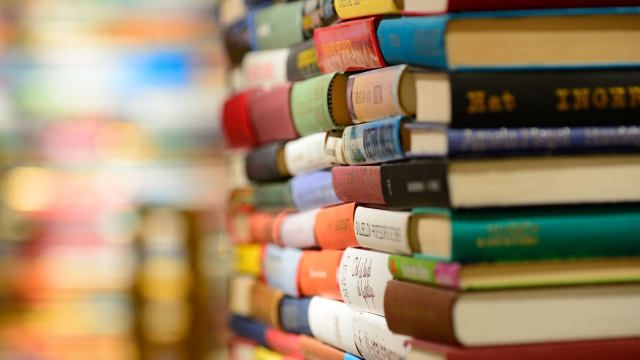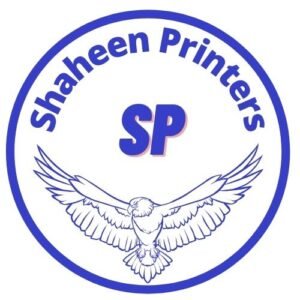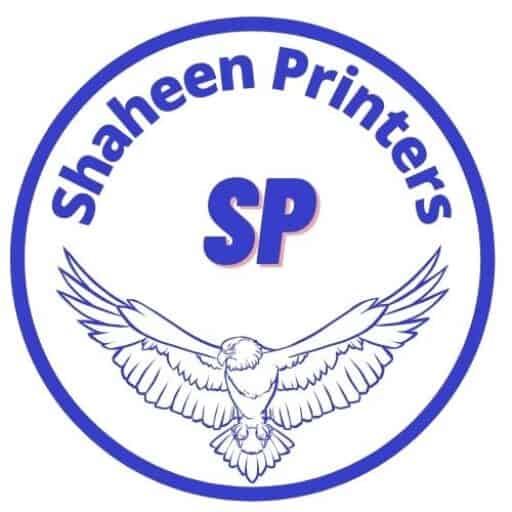Education has always been a dynamic field, constantly adapting to new technologies that enhance the learning experience. One of the most significant transformations in education has been the evolution of educational printing, transitioning from traditional textbooks to the realm of digital learning. This evolution has not only changed the way students access information but has also revolutionized the teaching methods employed by educators. In this article, we’ll explore the journey of educational printing, from its humble beginnings to the digital era, highlighting the advantages, challenges, and future prospects of this transition.
Traditional Textbooks: A Foundation of Learning
The Advent of Textbooks in Education
At the heart of traditional education, physical textbooks have long been the primary source of knowledge dissemination. Dating back to ancient civilizations, textbooks were initially handwritten and laboriously copied, limiting their accessibility and distribution.
The Standardization of Knowledge
The printing press revolutionized education by enabling the mass production of textbooks. This standardization of knowledge allowed for broader access to information, creating a more uniform learning experience across regions.
Limitations of Traditional Textbooks
However, traditional textbooks had their limitations. They were heavy, prone to wear and tear, and often outdated due to the time required for publishing. This hindered the rapid integration of new information and advancements into the curriculum.

Digital Learning: A Paradigm Shift
Emergence of Digital Learning Platforms
The digital era brought forth a paradigm shift in education. Digital learning platforms emerged, providing access to a vast array of educational resources at the click of a button. This marked the beginning of a more interactive and engaging learning environment.
Advantages of Digital Learning
1. Accessibility and Portability
Digital learning materials can be accessed anytime, anywhere, breaking down geographical barriers. Students can carry an entire library in their pockets, enhancing convenience and flexibility.
2. Interactivity and Multimedia
Digital learning incorporates multimedia elements such as videos, simulations, and interactive quizzes, catering to different learning styles and making complex concepts easier to grasp.
3. Real-time Updates
Unlike traditional textbooks, digital content can be updated in real time, ensuring that students have access to the latest information and developments.
Challenges in the Digital Transition
1. Technological Barriers
Not all students have equal access to devices and high-speed internet, creating a digital divide that can hinder the effectiveness of digital learning.
2. Loss of Tangibility
Physical textbooks offer a tactile experience that digital learning can’t replicate. Some students and educators still value the sensory aspect of learning from printed materials.
The Future of Educational Printing
Hybrid Learning Environments
The future of educational printing lies in a hybrid approach that combines the best of both worlds. Integrating digital learning with printed materials can cater to diverse learning preferences and bridge the digital divide.
Personalized Learning Paths
Advancements in AI and machine learning can enable the creation of personalized learning paths, adapting content to individual student needs and learning speeds.
Conclusion
The evolution of educational printing showcases the remarkable journey from handwritten manuscripts to the digital frontier. Traditional textbooks laid the foundation, while digital learning platforms have transformed education into a more interactive and accessible realm. The challenges posed by technology disparities and the loss of tangibility are real, but the potential for personalized learning and hybrid approaches offers a promising future for education.
FAQs
Is digital learning more effective than traditional textbooks?
Digital learning offers advantages such as interactivity and real-time updates, but its effectiveness depends on various factors including access to technology and individual learning preferences.
Are traditional textbooks becoming obsolete?
While traditional textbooks are evolving, they are not entirely obsolete. Many educators still value their tangible aspects and use them alongside digital resources.
How can schools bridge the digital divide?
Schools can bridge the digital divide by providing equal access to technology and internet resources for all students, ensuring a level playing field.
Can digital learning fully replace classroom teaching?
Digital learning enhances classroom teaching but might not entirely replace it. The human touch and social interaction in classrooms remain invaluable for holistic education.

